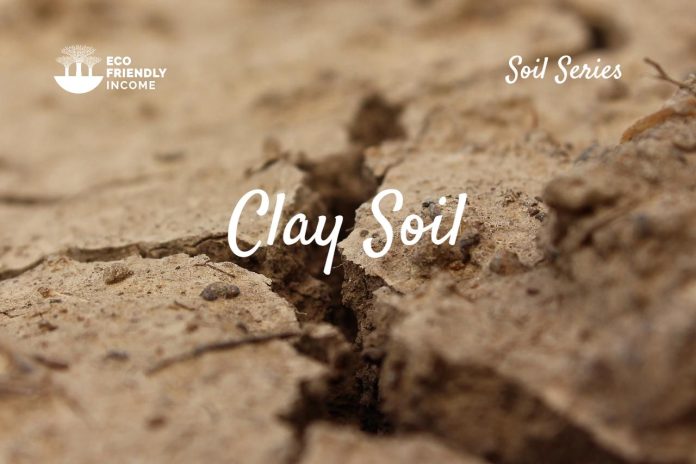Clay soil is a tricky soil type to work with before you become familiar with it.
It’s hard to dig in, the drainage is almost non-existent and it’s so packed it sometimes you doubt your plants with thrive in it.
In this article, here’s what we will go over:
What Clay Soil is Made Of
Clay soil is made of very small particles of clay minerals, and clay-sized crystals of other minerals such as quartz, carbonate, and metal oxides.
The particles are so small that they can easily become compacted and form hard, dense soil.
They attract & bind nutrients like calcium, magnesium, and potassium. All in all, clay makes nutrient-rich soil.
There are different types of clay soils, each depends on the ratios of clay to other soil types. Some of the most common ones:
Types of Clay Soils
- Clay (+ 30% clay)
- Silty clay (~ 40% silt)
- Sandy clay (~ 45% sand)
- Clay loam (~ 20-40% clay + sand, silt, & humus)
- Silty clay loam ( ~ 20-40% clay + silt & humus)
- Sandy clay loam (~ 20-40% clay + sand & humus)
Note: Soils with more than 30% clay are considered unacceptable as topsoil since their density prevents water infiltration and air penetration.
What is Loam?
Loam soil is a type of soil that is made up of a mixture of clay, sand, and silt particles. This type of soil is known for being easy to work with and being able to hold moisture well. Loam soil also has a good amount of nutrients, which makes it ideal for growing plants.
Is Clay Soil Good For Plants?
The main challenge with clay soils is that they can saturate with water, and once they do, air hardly passes through them. This makes things more complicated for plants since good root development, microbe, and soil chemistry rely on good airflow.
In order to be productive, clay soil needs to dry out in between waterings.
But, since clay soils are very compact, they hold the most nutrients of any soil, which in return makes them very fertile soil for plants.
This means soils with a high clay percentage do not usually need to be fertilized with anything other than nitrogen. Since nitrogen comes from organic matter, which is missing from clay soils, your soil will benefit from yearly nitrogen fertilization.
Plants that Thrive in Clay Soil
Most plants love to grow in clay soils, but some thrive more than others.
Here is a list of plants that thrive in clay soil:
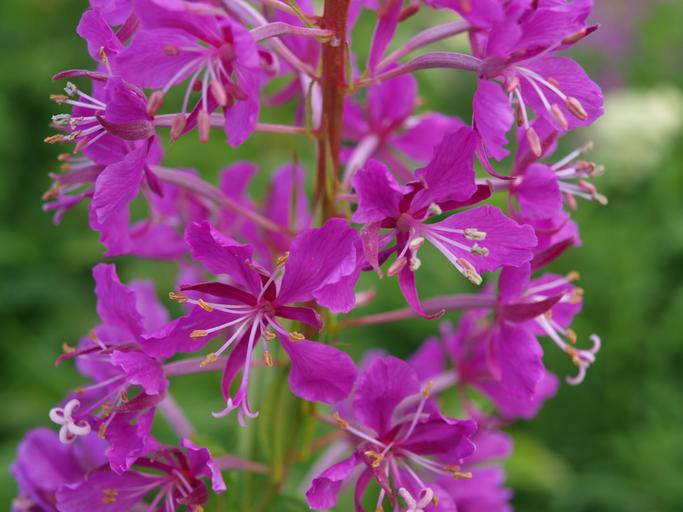
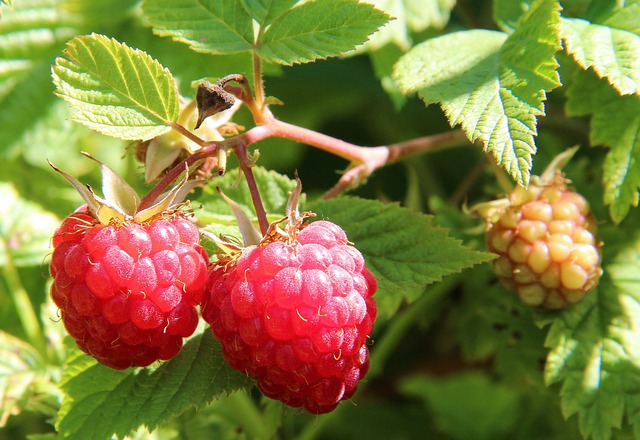
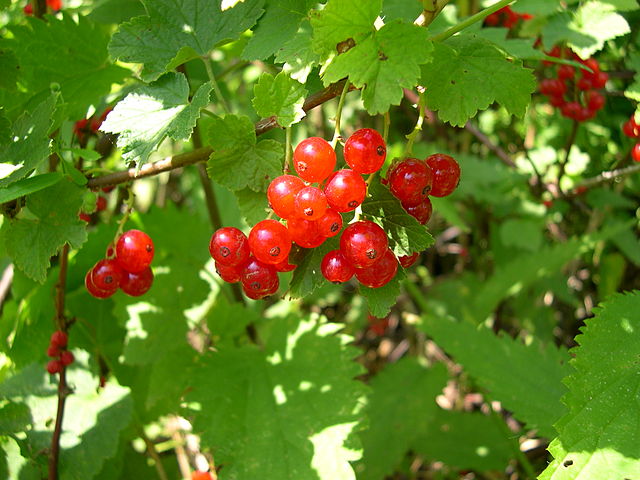
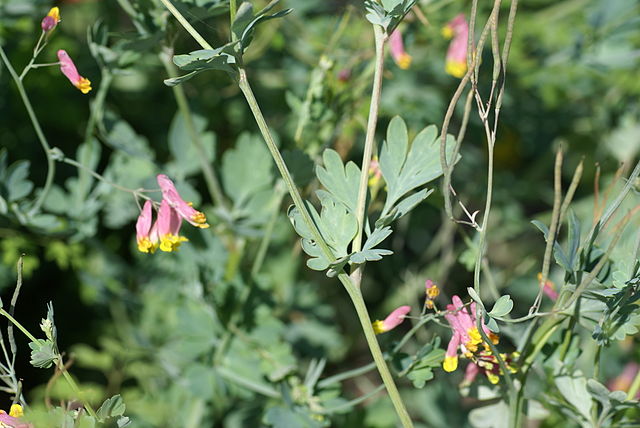
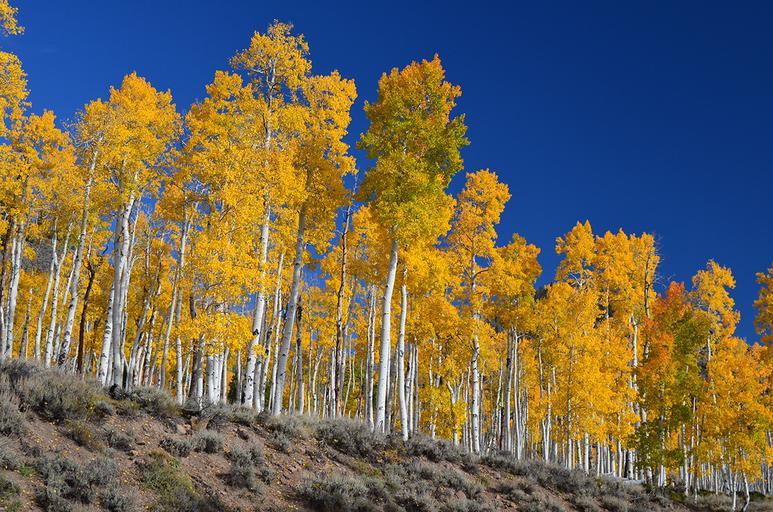
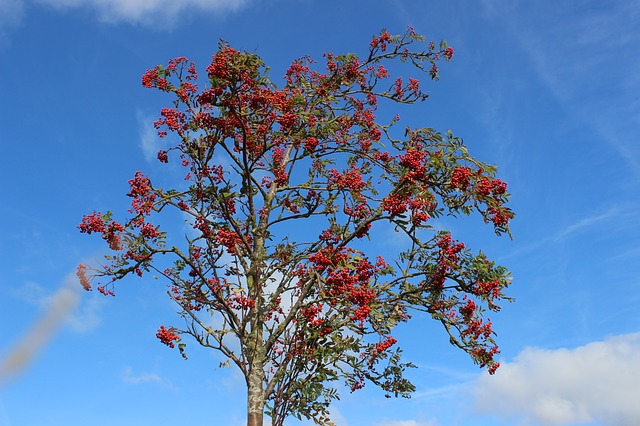
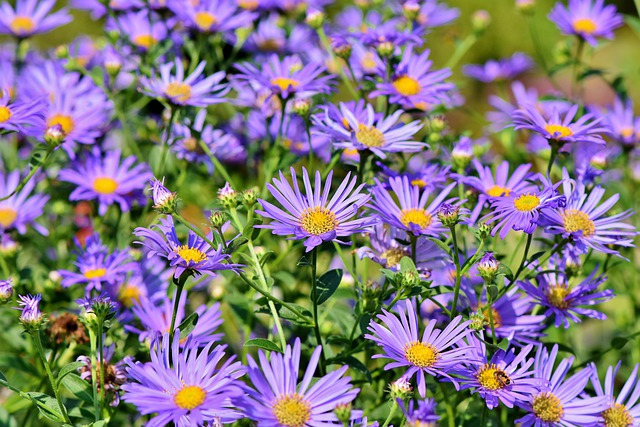
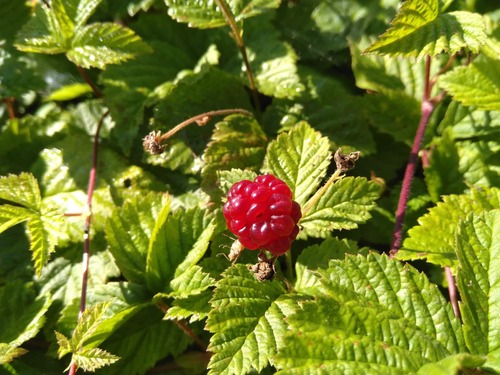
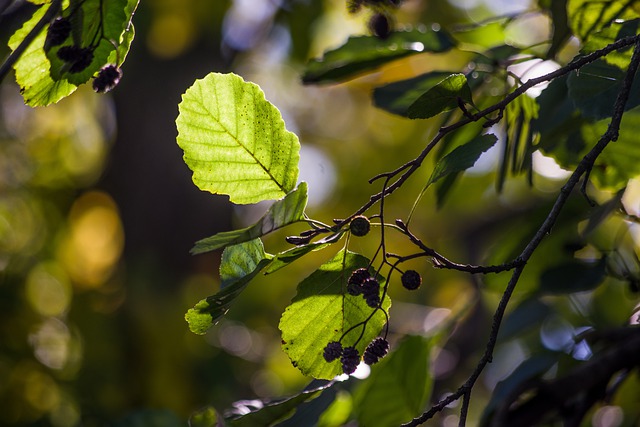
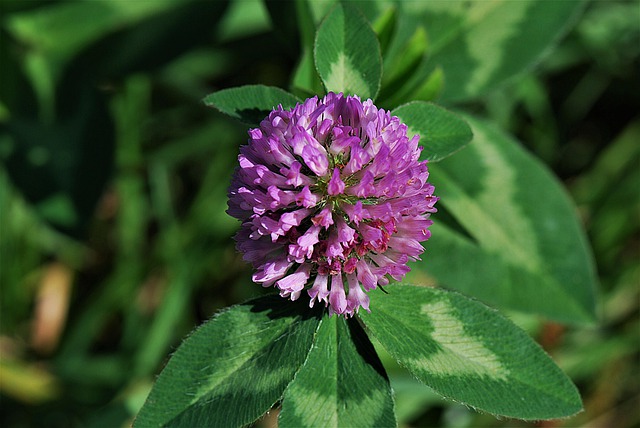
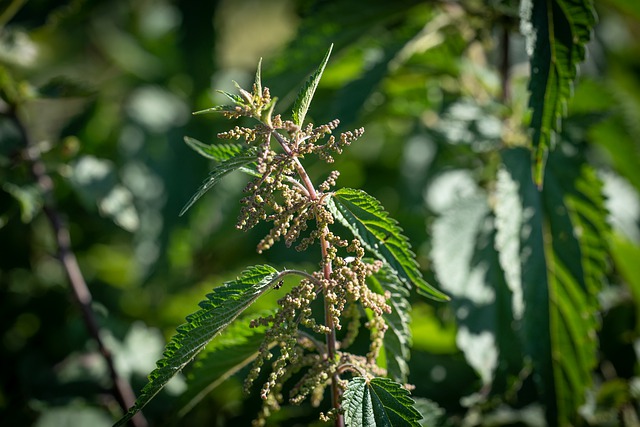
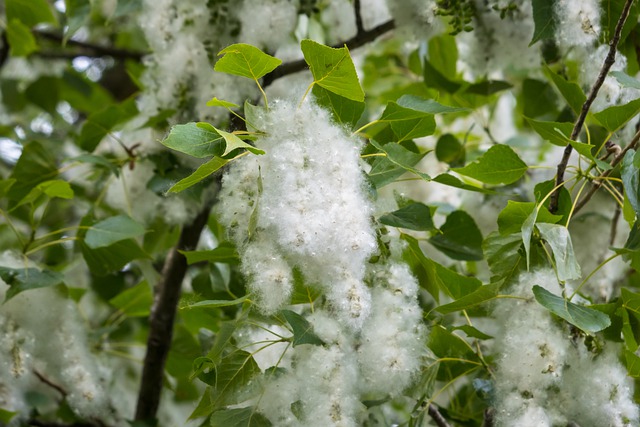
As a tree planter in Quebec, where soils are very much clayey, I write this list out of memory.
Fireweed is almost always present in clay soils if you’re far enough in the north, they’re accompanied by raspberry bushes, currant, asters, and harlequin.
You can nearly always see alders growing in clay soils, balsam poplar is common too, with stinging nettle, dewberry, and mountain ash present.
Red clovers and goldenrod also like to populate clayey fields.
How to Help Clay Soils Drain
- One way to help clay soils drain is to add organic matter to the soil. You can do that by adding compost, manure, peat moss, or other organic materials to the soil.
- Another way to improve drainage in your clay soil is to improve its structure. You can do that by adding sand, silt, gravel, or perlite to the soil.
- Finally, you can also improve drainage by creating raised beds or mounds. This will help the water drain away from the roots of your plants.
What Clay Soil is Best For
All in all, clay soil is probably the best, richest soil you can have. It’s best for almost any plant, but preferably when it’s mixed with other minerals and organic matter like in a loam.
Since it holds water quite well, clay soil is also best for vegetables, flowers, and shrubs that require a lot of water.
With clay soil, you’re guaranteed to always have a garden with high fertility. As long as you let your plant matter decompose to add nitrogen to the soil, nearly no maintenance is necessary.
FAQ
What plants can I add to clay soil to break it up?
There are plants you can grow in clay soils that will help break it up. Potatoes, turnips, beetroot, cowpeas, radishes, artichokes, milkweed, sunflowers, and brassicas (broccoli, cabbage, cauliflower, kale) planted in raised beds will grow roots that will break up the clay soil underneath.
How do I make clay soil better without tilling?
You can use a pitchfork to poke holes through the clay, this will help aeration and drainage (to some degree) of the soil. There are specialized tools for this called lawn aerators, some options manual, and others gasoline-powered.
How do you prepare clay soil for growing vegetables?
It’s simple, the best way to prepare clay soil for growing vegetables is to add a layer of organic matter, like manure, compost, or peat moss. For example, seeds will germinate great in the layer of manure, then their roots will reach down to grab the nutrients it needs from the clay soil.
What are the best vegetables for clay soils?
Carrots, parsnips, beets, radishes, turnips, potatoes, onions garlic, leeks, and shallots grow perfectly fine in clay.
Can earthworms live in clay soil?
Earthworms have a tough time surviving in clay soil because the clay particles are so small that they can easily become waterlogged. This causes the earthworms to drown. Although with enough vegetation, earthworms will have no problem living there.
Can I put topsoil on top of clay soil?
Yes, you can, but it’s really not necessary to add expensive topsoil. A layer of manure or compost on top of clay soil is all you need to create the seedbed for your plants to germinate. We recommend shrimp compost or cow & sheep manure.
Conclusion
When I first learned that our family land’s soil was clay, I was discouraged because I thought clay was a problem.
But after doing the research for this article, I learned that clay is actually a blessing to have.
Nature does a great job of mulching itself, so most verdant clayey lands become loams over time.
So if you discover your soil at home is clay, then it’s probably already actually a loam, and you can’t have much better than that.
With that said, I hope this article has reassured you as it has for me!
Happy Gardening!

